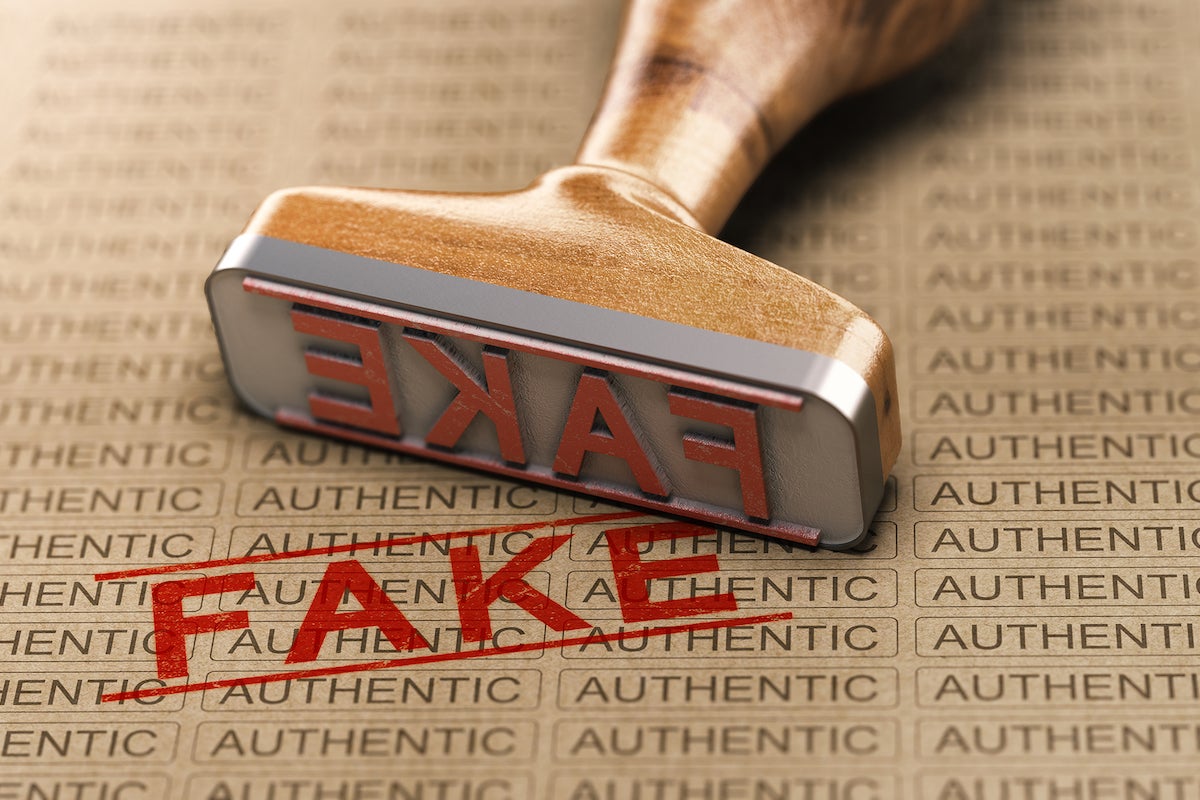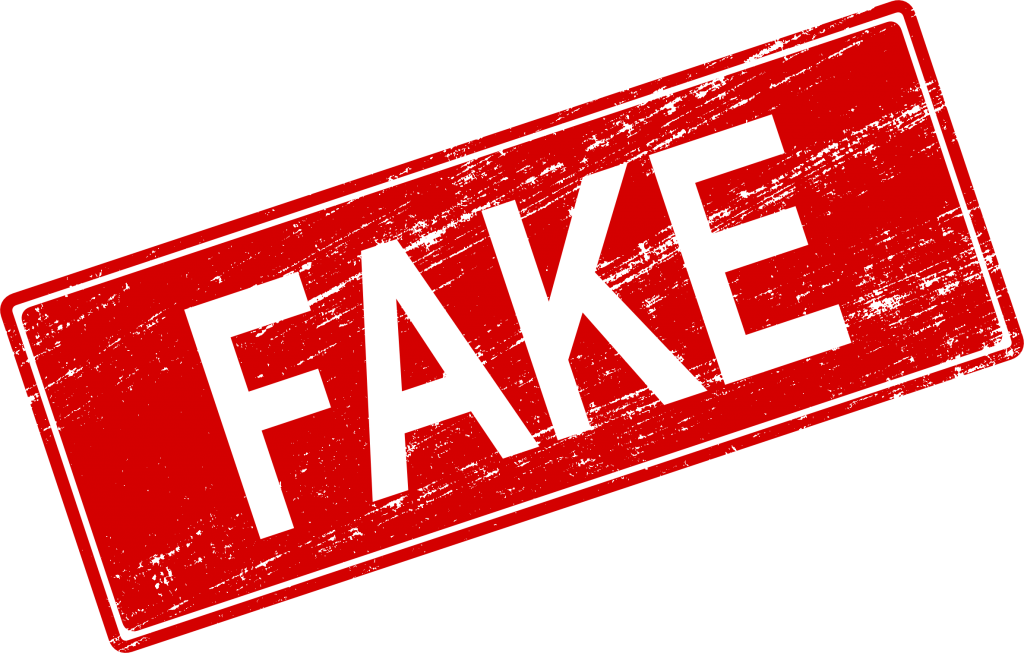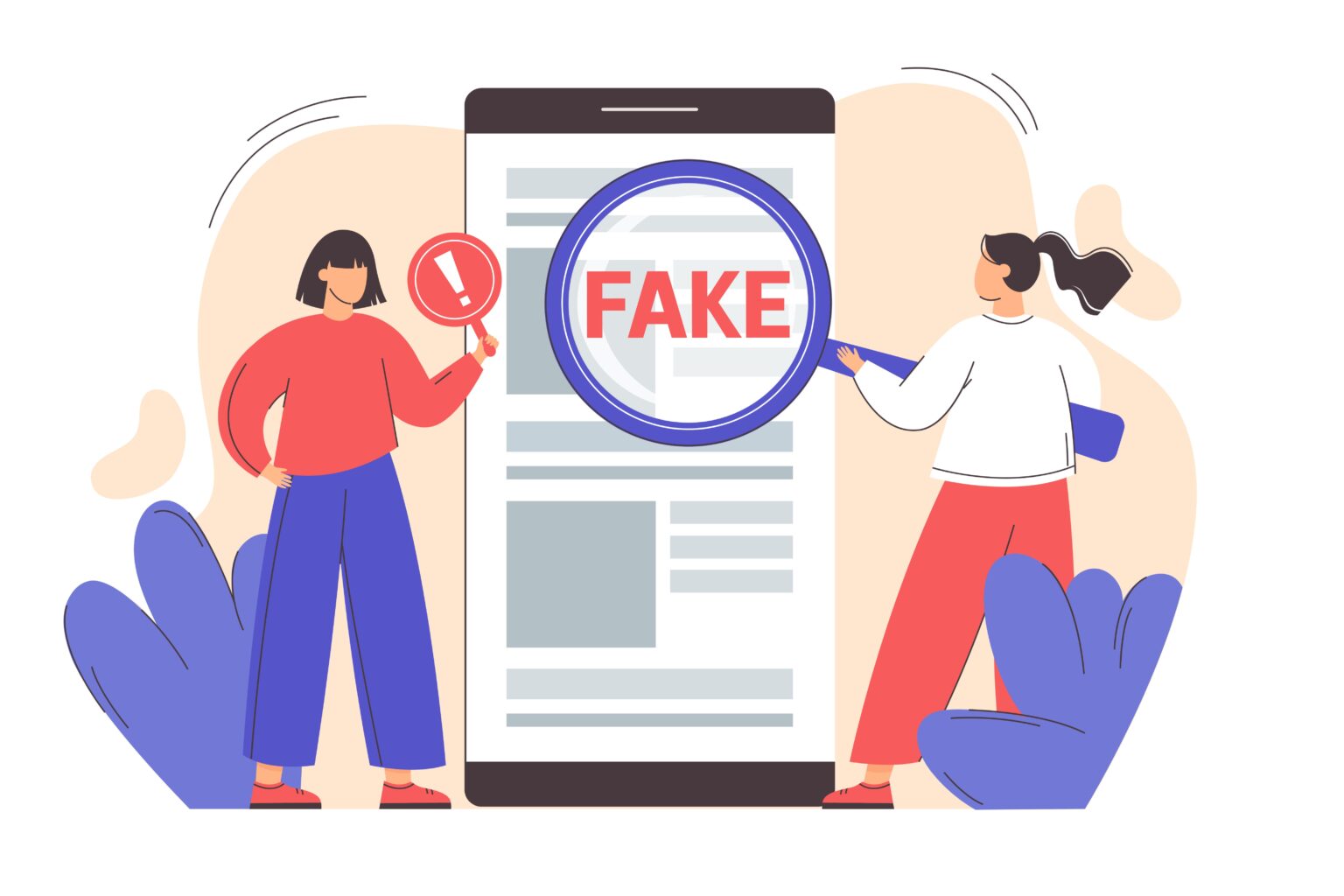Fake Nude Kaley Cuoco - Understanding Fabricated Celebrity Content
In a world where images travel at incredible speeds, it is, in some respects, becoming harder to tell what is real from what is not. When specific phrases like "fake nude Kaley Cuoco" start appearing in online searches, it points to a significant concern: the spread of digitally altered or entirely fabricated pictures involving public figures. This sort of content, which is not true, not real, and not genuine, raises many questions about privacy and how we consume media.
The creation of untrue images, particularly those that appear to show people in compromising situations, has grown more common. These sorts of pictures, often made using sophisticated software, can look very convincing. They are, in a way, designed to mislead, causing confusion and, quite often, distress for those involved. It makes you think, doesn't it, about the origins of what we see online?
This article aims to shed some light on the subject of fabricated celebrity content, specifically touching upon the "fake nude Kaley Cuoco" phenomenon. We will, you know, explore what these types of images are, how they come about, and the broader impact they have on individuals and the public at large. Our aim is to help people better grasp the difference between authentic and manufactured visual information.
- Kate Cumming
- Sinead Oconnor Catholic Church
- Is Drew Starky Gay
- Wwe Ladies Hot Images
- Louisiana Fatal Car Accident
Table of Contents
- Kaley Cuoco's Public Life and Career
- What is the truth about "fake nude Kaley Cuoco" content?
- The Nature of Fabricated Imagery - What are we dealing with?
- How can one spot a fabricated "fake nude Kaley cuoco" image?
- The Emotional Weight of Fabricated "fake nude Kaley Cuoco" Content
- What are the wider societal effects of this kind of "fake nude Kaley Cuoco" material?
- Protecting Oneself and Others from Misinformation
- Looking Ahead - The Future of Digital Authenticity
Kaley Cuoco's Public Life and Career
Kaley Cuoco, a widely recognized personality in the entertainment world, has built a notable career over many years. She first gained significant public attention for her acting roles, appearing in various television shows and films. Her ability to bring characters to life, often with a comedic touch, has made her a beloved figure for many viewers. She has, you know, been a presence on our screens for quite some time, starting from a young age.
Her work has spanned different genres, showcasing her range as a performer. From early appearances to her more prominent parts, she has consistently been in the public eye. This constant visibility, you see, comes with a certain level of public interest in her personal life as well as her professional endeavors. It's just a part of being a well-known person, apparently.
Like many who live their lives in the public view, Kaley Cuoco's image and activities are often discussed and scrutinized. This level of public awareness means that anything connected to her name, even something like "fake nude Kaley Cuoco" search terms, tends to draw a lot of attention. It’s, in a way, the flip side of being famous; people talk about you, sometimes about things that are not true.
Personal Details and Bio Data
| Full Name | Kaley Christine Cuoco |
| Date of Birth | November 30, 1985 |
| Place of Birth | Camarillo, California, USA |
| Occupation | Actress, Producer |
| Known For | Television roles, including Penny in *The Big Bang Theory* and Cassie Bowden in *The Flight Attendant* |
| Years Active | Since 1992 |
What is the truth about "fake nude Kaley Cuoco" content?
When terms like "fake nude Kaley Cuoco" show up in search results, it almost always points to content that has been created using digital manipulation. These images are, quite simply, not real. They do not show the person as they actually are or were. Such material is, in essence, a fabrication, a visual lie. It's a very clear distinction that needs to be made, actually.
The truth is that these pictures are the product of software designed to alter existing images or to generate entirely new ones. This means that the person depicted did not pose for such a picture, nor did they consent to its creation. The term "fake" here is really quite important; it means the content is not true, not genuine, and has no basis in reality. It's a bit like a highly convincing illusion, you know?
It is, therefore, crucial to approach any such material with a healthy dose of skepticism. The existence of these images online does not, by any means, confirm their authenticity. Instead, it highlights the growing problem of synthetic media and the ease with which untrue visual stories can be put out into the world. So, when you see something like "fake nude Kaley Cuoco," your first thought should be about its origins and whether it could possibly be real.
The Nature of Fabricated Imagery - What are we dealing with?
Fabricated imagery, often called "deepfakes," represents a form of media that has been altered or created by artificial means to appear authentic. This can involve taking a person's face from one video or picture and putting it onto another body, or even generating a completely new scene. The technology behind this has, over time, become very advanced, making it harder for the average person to tell what is real and what is not. It's a rather new kind of challenge for our eyes and minds, you see.
These sorts of untrue images are made using complex computer programs that learn from vast amounts of data. For example, to create a fabricated image of a person, the program might study many pictures of that individual. It then uses what it has learned to generate new images that look like the person, sometimes in situations they have never been in. This process is, quite literally, about making something that looks real but is entirely made up. It's, like, truly fascinating how far this technology has come, but also a little concerning.
The aim of creating such content can vary. Sometimes it's for harmless fun, like swapping faces in a funny video. Other times, however, it's used for malicious purposes, such as spreading misinformation, damaging reputations, or, as in the case of "fake nude Kaley Cuoco" searches, creating non-consensual explicit content. It's important to grasp that the underlying purpose often dictates the harm caused. We are, in some respects, living in a time where visual information can be twisted in ways we never imagined.
How can one spot a fabricated "fake nude Kaley Cuoco" image?
While the technology for creating fabricated images is quite sophisticated, there are often subtle clues that can help you tell if a picture, including any "fake nude Kaley Cuoco" content, is not real. One common sign is an unusual blurriness or distortion around the edges of a person's face or body, especially where it meets another part of the image. The lighting might also seem off, not quite matching the rest of the scene. It's a bit like looking for a bad cut and paste job, but much more subtle, you know?
Another thing to look out for is inconsistent skin tones or textures. A fabricated image might have areas where the skin looks too smooth, too grainy, or just generally unnatural compared to other parts of the picture. Facial expressions can also be a giveaway; sometimes, they look stiff or not quite right for the situation. Pay attention to details like hair, jewelry, or clothing, too; they might appear to merge strangely with the background or have odd, repeating patterns. These small details, when taken together, can tell you a lot, actually.
Furthermore, consider the context in which the image appears. Does it seem out of place? Is it being shared by a source that typically spreads unreliable information? Real images usually come from reputable news outlets, official social media accounts, or trusted personal sources. If a "fake nude Kaley Cuoco" image appears on a suspicious website or is shared by an unknown account, that's a significant red flag. Trust your gut, and if something feels off, it very well might be. It's just good practice to be cautious, basically.
The Emotional Weight of Fabricated "fake nude Kaley Cuoco" Content
The creation and spread of fabricated content, particularly images that are intimate and non-consensual, carry a profound emotional toll for the individuals involved. For someone like Kaley Cuoco, or any public figure, discovering that such untrue images bearing their likeness are circulating can be a deeply upsetting experience. It is, in a way, a violation of one's personal space and dignity, even if the images themselves are not real. This kind of attack can feel very personal, you know?
The harm caused by "fake nude Kaley Cuoco" content is not lessened by the fact that the images are fabricated. The emotional distress, the feeling of being exposed, and the potential damage to one's reputation are very real. Victims often report feelings of shame, anger, helplessness, and a profound loss of control over their own image. It's a situation that can lead to significant psychological discomfort, and frankly, it's just not right.
Beyond the immediate emotional impact, there are also lasting consequences. The existence of such images can affect a person's career, relationships, and overall sense of well-being. It forces them to confront a false narrative about themselves that has been put out into the world without their permission. This kind of content, in some respects, strips away a person's autonomy, leaving them to deal with the fallout of something they had no part in creating. It’s, like, a truly unfair burden to bear.
What are the wider societal effects of this kind of "fake nude Kaley Cuoco" material?
The prevalence of fabricated images, including those like "fake nude Kaley Cuoco" content, has wider implications for society as a whole. One significant effect is the erosion of trust in visual media. When it becomes increasingly difficult to distinguish between what is real and what is not, people may start to doubt the authenticity of all images, even those that are legitimate. This can, in a way, lead to a general skepticism about news and information, making it harder for people to make informed decisions. It's a pretty big problem, actually.
Another effect is the normalization of non-consensual content. When fabricated intimate images are shared and viewed, even if they are known to be fake, it can desensitize individuals to the harm they cause. This, in turn, might contribute to a culture where privacy is less valued and where the exploitation of individuals, especially women, is more readily accepted. It's a rather worrying trend, and we should be mindful of it.
Furthermore, the existence of such material creates a legal and ethical quandary. Laws are struggling to keep pace with the rapid advancements in technology that allow for the creation of these images. There is a need for clearer guidelines and stronger protections for individuals whose likenesses are used without their consent. The discussion around "fake nude Kaley Cuoco" material, for instance, highlights the urgent need for society to address these issues head-on. It's, you know, a collective challenge we all face.
Protecting Oneself and Others from Misinformation
In a world where fabricated content is a growing concern, it is important for everyone to develop a keen sense of media literacy. This means learning how to critically evaluate the information and images you encounter online. Don't just take things at face value, especially if they seem sensational or too good (or bad) to be true. Always, you know, question the source and look for other reputable places that might confirm or deny the information. It's a bit like being a detective for information, basically.
If you come across content that appears to be fabricated, such as "fake nude Kaley Cuoco" images, resist the urge to share it. Spreading such material, even if you are just pointing out that it is fake, can contribute to its wider circulation and cause further harm. Instead, consider reporting the content to the platform where you found it. Most social media sites and websites have mechanisms for reporting inappropriate or harmful material. It's a small action, but it can make a big difference, honestly.
Supporting victims of fabricated content is also a very important step. If you know someone who has been affected, offer them support and understanding. Remember that the harm is real, even if the images are not. Advocating for stronger laws and better platform policies to combat the spread of non-consensual fabricated content is another way to help. We all have a role to play in creating a safer and more truthful online environment. It’s, like, something we should all be working on.
Looking Ahead - The Future of Digital Authenticity
The ongoing development of technology means that the creation of synthetic media will likely continue to become even more sophisticated. This presents a continuous challenge for individuals, tech companies, and legal systems alike. The conversation around terms like "fake nude Kaley Cuoco" serves as a stark reminder that we need to be prepared for a future where distinguishing between what is real and what is digitally created will require even more careful attention. It's a rather significant shift in how we perceive images, you know?
Efforts are underway to develop tools and methods for detecting fabricated content more effectively. Researchers are working on digital watermarks, authentication systems, and artificial intelligence programs that can identify signs of manipulation. These innovations offer some hope for a future where the authenticity of images can be verified more easily. It's, in a way, a race between those who create fakes and those who try to spot them. We are, in some respects, moving towards a future where digital trust will need new foundations.
Ultimately, the path forward involves a combination of technological solutions, stronger legal frameworks, and a more informed public. Education about media literacy, the risks of sharing unverified content, and the ethical implications of creating fabricated images is more crucial than ever. The discussion around specific instances, like the "fake nude Kaley Cuoco" searches, helps to bring these broader issues to the forefront, encouraging a more thoughtful approach to the visual information we encounter every day. It’s just something we all need to be aware of, really.
This article has explored the nature of fabricated content, using the example of "fake nude Kaley Cuoco" to illustrate the challenges posed by such material. We've looked at what these images are, how to potentially spot them, and the significant emotional and societal impacts they carry. The piece also touched upon the public life of Kaley Cuoco and offered suggestions for protecting oneself and others from misinformation, concluding with thoughts on the future of digital authenticity.
- Redheaded Stranger Nashville
- Dream Dead Relatives
- November 5 Zodiac Signs
- Shows Similar To Abbott Elementary
- Bohdan Love Is Blind Allegations

Fake vs. Real — And When It Matters - WHYY

Fake Free Download PNG HD Transparent HQ PNG Download | FreePNGimg

Identifying Fake Social Media Profiles with Expert Tips